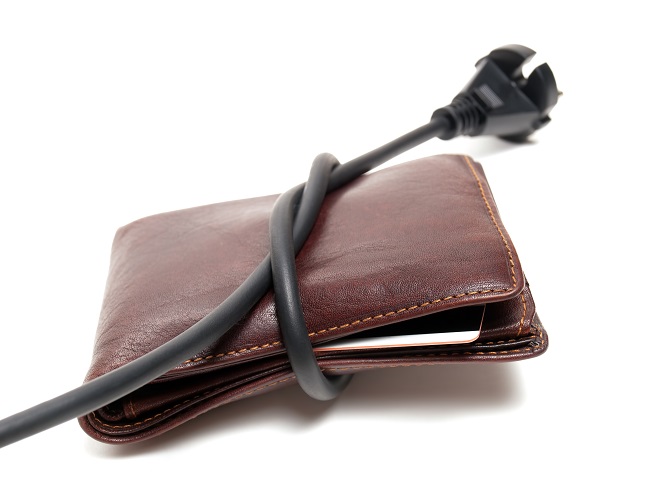
The "Vampire Power Products" Lurking In Your Home
The Sydney Morning Herald's Lucy Cormack uncovers the power draining products in your home.
A quick glance around the average home and you will see them. In the kitchen, the living room and the bedroom. They are the hungry devices costing Australian consumers $860 million a year and resulting in almost 2.6 million tonnes of carbon dioxide emissions – and that is when they are not being used.
Airconditioners, coffee machines, televisions, modems and microwaves are just some of the thousands of everyday household appliances that feature a standby function or sleep mode. But they are still operating as "vampire power products", in the words of one sustainability expert, that "drain our power unknowingly". Australia's average standby power usage has decreased by 68 per cent in the past decade, but it still accounts for 5.9 per cent of Australia's total residential electricity consumption.
"One of the really frustrating things about standby power is that you can have two seemingly identical products, one with quite high standby power and one with a really low standby power," said Alan Pears, senior industry fellow at RMIT.
"Why? Because one designer made decisions so it shut down all the non-essential things and did what was left efficiently, and the other just used a crude design technique."
The Department of Industry, Innovation and Science estimates standby power consumption costs the average household almost $100 a year.
On the Australian market in 2016, the worst culprits for standby energy consumption are non-ducted airconditioners, worth $139.6 million in Australian electricity bills annually.
In second place are ducted airconditioners ($98 million), followed by microwave ovens ($53.8 million), subscription TV set-top boxes ($43.4 million) and instantaneous gas (main) water heaters ($35.4 million).
Mr Pears pointed to the latter as particularly inefficient, as they were fitted with pilot lights and poor insulation.
"A gas hot water system with a five-star energy rating uses around 16 megajoules of gas each day, just to offset its standby losses. That is enough to heat more than 60 litres of hot water a day."
Australia does not regulate standby power, but as the majority of products sold are manufactured for international markets, the appliances in Australian homes have been improved by power standards programs in Europe, the United States and Korea.
However, Mr Pears said Australians did not always have access to the lower standby functions featured on identical appliances overseas.
"That can simply be because the importer didn't tick the 'low standby' box when ticking off features they wanted," he said, adding that he felt Australia could be doing "far more".
"Energy efficiency is the poor cousin in everything and it's never had the money, the political commitment or the institutional leadership."
Lloyd Harrington, engineer and director of consultancy firm Energy Efficient Strategies, said Australia's standby energy waste had also been helped by a decision in recent years to build standby power consumption into the star-rating Equipment Energy Efficiency program.
"Most things would be in standby mode most of the time – like a TV would probably be used five or six hours a day then it would probably have 18 hours of standby," he said.
"But most new televisions now have almost zero standby, because standby is now included in the [star-rating] label and so manufacturers get a reward if they improve that."
Mr Harrington said the future impact of "new network devices" should not be ignored: think Wi-Fi-connected lighting, security systems, whitegoods and even electric toothbrushes.
According to the International Energy Agency, there are 14 billion online electronic devices in the world, including modems, printers, set-top boxes and gaming consoles. By 2030 this figure could be 100 billion.
The research principal at the Institute of Sustainable Futures, Edward Langham, said regulatory frameworks needed to be "awake" to the increase in home network devices.
"Although it's not the problem it once was, with the number of connected devices we do need to be careful with the direction this could take us ... to make sure we don't let vampire power products drain our power unknowingly."

